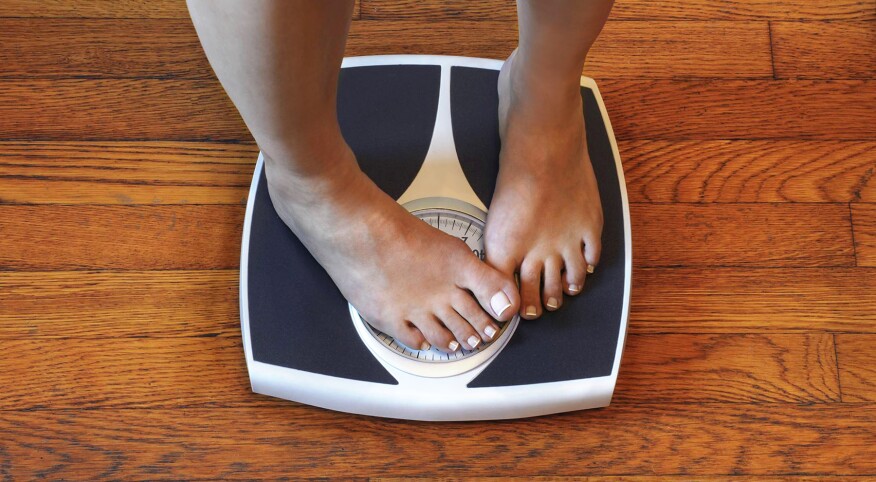When Dr. Allison-Ottey started her own weight-loss journey she was overweight by BMI standards but didn’t have hypertension, diabetes or high cholesterol. But she also couldn’t walk from the back of her church’s parking lot to the front door without being out of breath.
Can you be overweight and still be in shape? Health experts have grappled with this question for decades. This short answer is yes, you can be fat and fit, but that isn’t a permission slip to eat more donuts.
An adult is considered overweight if she has a body mass index (BMI) of at least 25 but less than 30. If your BMI is 30 or higher, it falls within the obesity range.
But BMI has been under scrutiny for years. BMI is a person’s weight in kilograms divided by the square of her height in meters. A high BMI can indicate high body fat, but BMI may not be an accurate measure of your health if you’re short or very muscular.
Let’s say, for example, an athlete is 5 feet, 10 inches tall and weighs 220 pounds, but only has 12 percent body fat. By BMI standards, that person would be obese. But, obviously, if they only have 12 percent body fat, they’re probably in great shape.
“BMI is a measure of health; it’s not the measure,” says Sharon Allison-Ottey, M.D., a physician and health educator with a focus on the elderly, women and minority populations.
Dr. Allison-Ottey is more concerned with other numbers, such as cholesterol, blood pressure, hemoglobin A1C (a measure of blood sugar) and waist circumference. “We know that people that carry weight at the waist versus the hips have higher morbidity — die younger — and have more issues than not,” she says.
Obesity can increase your risk for several health conditions including diabetes, heart disease and some cancers. However, it may be that your habits, not your heft, determine your health.
If you’re making poor food choices and not exercising, you’re likely to gain weight. But it may be your unhealthy habits that made you put on the weight, not the extra pounds, that’s led to your diabetes or increased risk of a heart attack, Allison-Ottey explains.
More than anything, Allison-Ottey wants to know this: How do you feel? Are you tired all the time? Do you have achy joints? These could be caused by the stress of carrying around extra weight.
When Allison-Ottey started her own weight-loss journey she was overweight by BMI standards but didn’t have hypertension, diabetes or high cholesterol. But she also couldn’t walk from the back of her church’s parking lot to the front door without being out breath.
So, while health markers like blood pressure, blood sugar and cholesterol are important, you must also consider how well you can perform everyday activities. Can you keep up with one of Debbie Allen’s virtual dance classes? Can you play with your grandchildren? Can you clean your house without taking a break? Can you cook a meal without sitting on a stool?
For Allison-Ottey, losing weight isn’t about conforming to conventional body image or societal norms. “I want to be the best me for me,” she says.
Weight and BMI shouldn’t be your sole measure of health, but you should strive to make healthful choices, nonetheless. Exercise for at least 30 to 45 minutes at least five days a week. And be sure to get in some strength training at least two days a week.
But remember to eat well because “the fork is king — or queen,” Allison-Ottey says.
“Food is the main driver of weight loss and weight management. You cannot out-exercise a bad diet.”
“Let’s be real about it,” she says. “It’s not that we’re not beautiful in every single size, but I want sisters to be healthy.”

Getty Images










